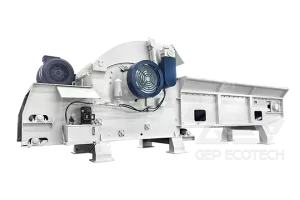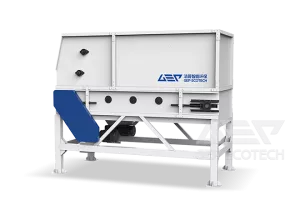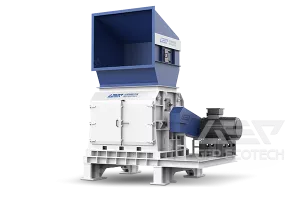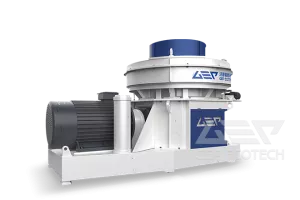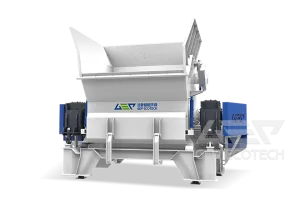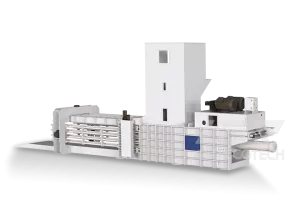During the autumn harvest every year, while farmers enjoy the joy of a bumper harvest, the headache of the additional product crop straw also comes online. Practice has proven that the comprehensive utilization of straw after leaving the field has higher comprehensive value than returning it to the field, gradually becoming the mainstream trend.
The resource utilization of straw after leaving the field mainly includes fertilization, feed conversion, raw material conversion, and fuel conversion.
Straw Fertilization
As an important organic fertilizer resource, straw is processed and fermented before being applied in farmland, which to some extent achieves the substitution and reduction of ammonia fertilizer. Nitrogen fertilizer not only has an impact on soil and water bodies, but also has a negative impact on the atmospheric environment. The fertilization of straw reduces these harmful effects.
Straw Feed Conversion
Straw feed has played an important role in filling the gap in high-quality forage, ensuring the supply of livestock products, and promoting the effective integration of planting and breeding industries. Processing straw through technologies such as silage, micro storage, ammonification, and thermal spraying can effectively change the organizational structure of straw, making it a high-quality feed that is easy for livestock to digest and has a good taste. Straw can also provide high-quality organic fertilizer for the soil after being digested by livestock, returning some organic matter back to the soil, and improving the quality of farmland.
Straw Raw Material Conversion
Straw raw material conversion refers to the process of preparing various (hand) industrial products, chemicals, or chemical raw materials using straw as raw material and using physical, chemical, or biotechnology methods. For example, crop straw can be used as a raw material for papermaking or as compressed fiber wood, which can make up for the shortage of wood resources, reduce the amount of timber felling, improve forest coverage, and promote the healthy development of the ecological environment.
Straw Fuel Conversion
The carbon content of crop straw reaches 40%, and its energy density is 14.0 to 17.6 megajoules per kilogram, which means that the calorific value of approximately 2 tons of straw can replace 1 ton of standard coal. Straw fuel conversion includes direct combustion, straw bundle burning, formed fuel, pyrolysis carbon gas co production, biogas/bio natural gas, etc. It can effectively replace and save fossil energy, significantly reduce greenhouse gas, sulfur dioxide, and particulate matter emissions, and is more environmentally friendly and clean.
GEP has currently participated in multiple crop straw fuel conversion projects worldwide, mainly providing high-quality straw pretreatment equipment - double-shaft biomass shredder and molding equipment - RDF molding machine.
The double-shaft biomass shredder is a customized product, and the super large crushing chamber provides the possibility of large processing capacity; The hydraulic pressing device and anti winding fixed blade make the feeding smoother, thereby improving the crushing efficiency; The intelligent lubrication system and intelligent monitoring system avoid human error and ensure that the equipment is always in good working condition.
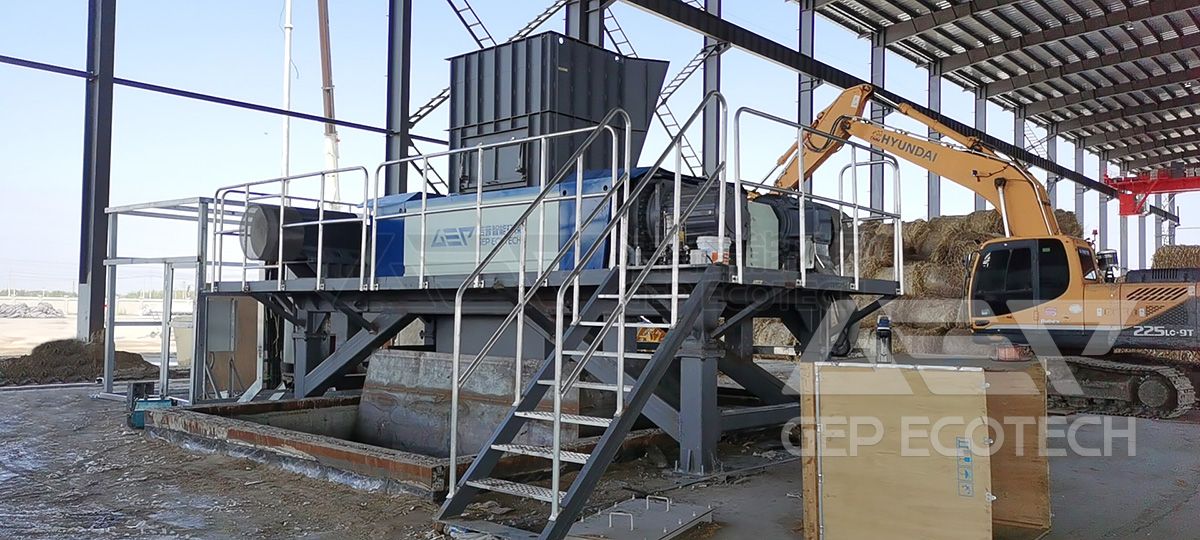
The RDF pellet mill has high production efficiency, low energy consumption, and reliable performance due to special designs such as pressure rollers, modules, anti stuffiness machines, and fully automatic oil pumps. The extruded straw fuel is easier to store and transport, and has a good sales profit.
The resource utilization of crop straw not only solves the headache problem of farmers, but also increases additional income and reduces environmental pollution, with good ecological, social and economic benefits.


